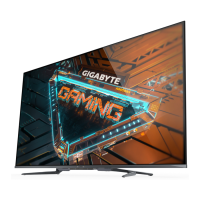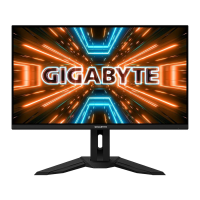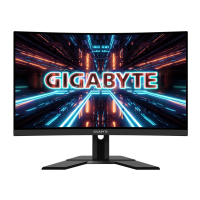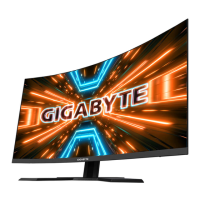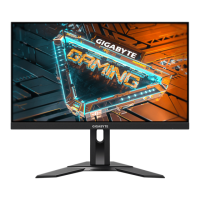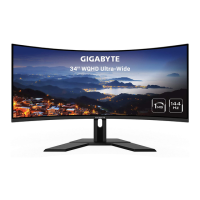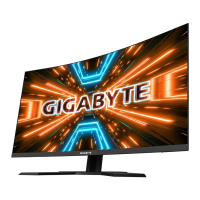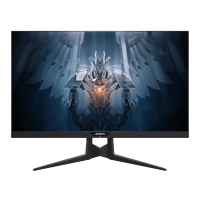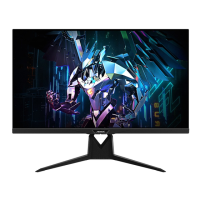What to do if my Gigabyte Monitor has no picture or is in black and white?
- SSergio GarciaJul 29, 2025
If your Gigabyte monitor shows no picture or displays a black and white picture, there are a few things you can try. First, unplug the monitor's power cord from the AC outlet, wait 60 seconds, and then plug it back in. You can also check that the Color Saturation is set to 50 or higher in the settings. Trying different monitor inputs might also resolve the issue.
